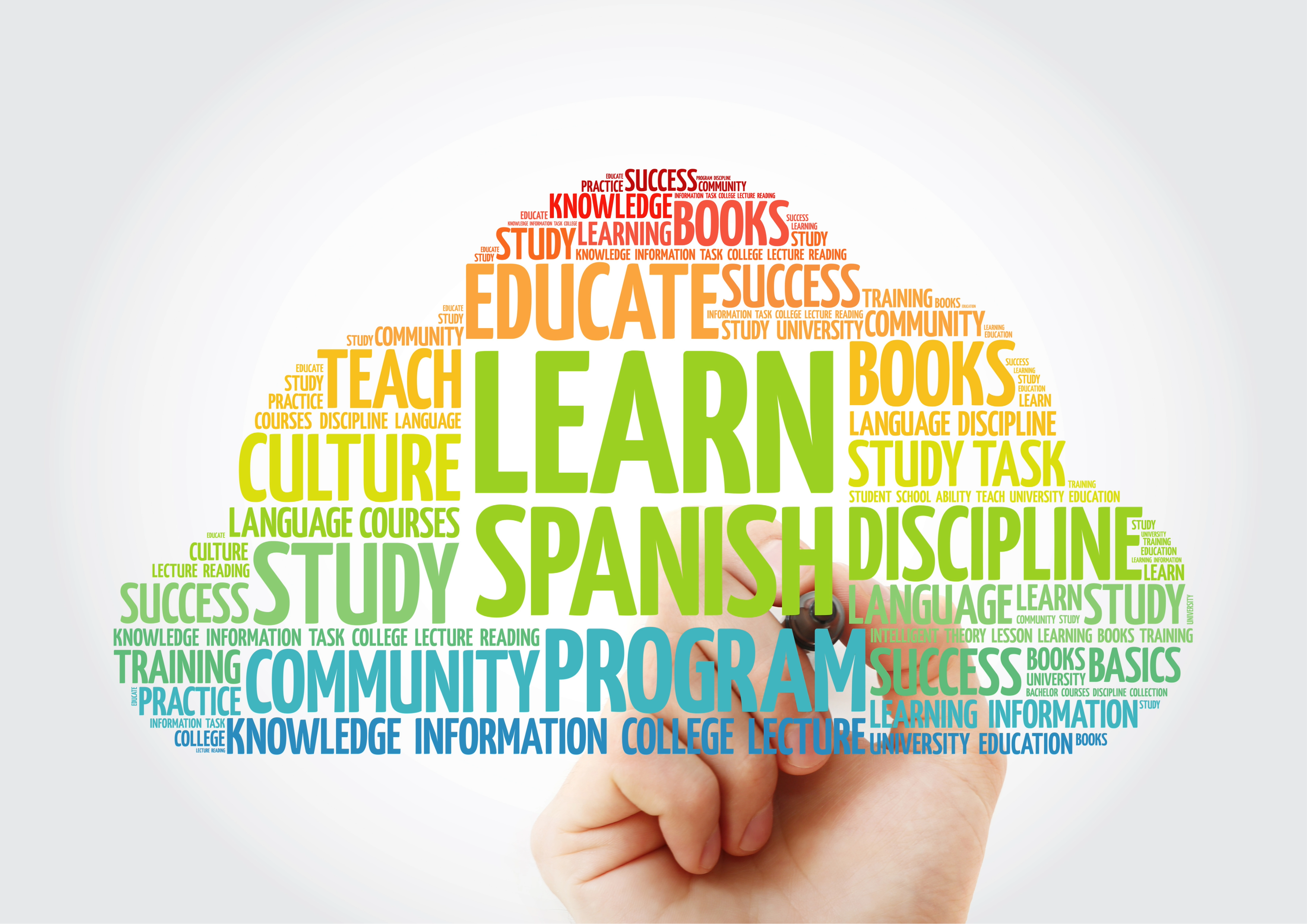
Embrace Your Mistakes: The Key to Mastering Spanish
Learn why mistakes are your best teachers in the language.
On the road to mastering Spanish, many students find themselves paralyzed by the fear of making mistakes. But what if I told you that those mistakes are, in fact, the key to your success? In this article, we will explore how embracing your mistakes can transform your learning process and help you speak Spanish with confidence. Inspired by Mel Robbins’s “Let Them” theory, we’ll see how letting go of worrying about others’ judgment can free you to achieve your linguistic goals, whether for business Spanish, travel, or personal connections.
With over 15 years of experience teaching diplomats and international professionals, I’ve seen how students who accept their mistakes progress more quickly. This article offers tips for conversing in Spanish, cultural insights, and practical strategies to overcome language anxiety and develop the language skills needed for professional growth.
The Importance of Making Mistakes in Language Learning
Making mistakes is an inevitable and necessary part of learning any language, including Spanish. A 2020 study by Francisco Javier Guzmán-Muñoz found that making errors during the process of learning a foreign language enhances long-term retention and comprehension (Guzmán-Muñoz, 2020).
Moreover, mistakes foster resilience. By continuing to speak despite a slip-up, you build confidence, a key component of speaking Spanish with assurance. Making mistakes is vital in language learning because it allows students to identify and correct their weaknesses. This mindset is especially crucial for beginners and intermediates who seek to overcome barriers like the fear of speaking with native speakers.
Applying the “Let Them” Theory to Language Learning
Mel Robbins’s “Let Them” theory, presented in her 2024 book The Let Them Theory: A LifeChanging Tool That Millions of People Can’t Stop Talking About, advocates for letting go of trying to control others’ actions or perceptions and focusing instead on your own goals (Robbins, 2024). In language learning, this means not worrying about what others think of your mistakes. As Robbins explains, “letting others do as they wish gives you more control and emotional peace” (Robbins, 2024).
Apply this to a real-life situation: you’re in a business meeting and use the wrong word when presenting an idea in Spanish. Instead of stopping and apologizing, apply the “Let Them” theory: let others think what they will and keep going. Your goal is to communicate, not to be perfect. This approach reduces language anxiety and allows you to practice more, which ultimately improves your fluency.
Practical Tips for Embracing Mistakes
To help you overcome language anxiety and make the most of your mistakes, here are five tips for conversing in Spanish:
- Create a Safe Learning Environment: Practice in spaces where mistakes are welcomed, such as personalized online classes with Spanish Classes with Ana Maria. These sessions encourage experimentation without judgment.
- Set Realistic Goals: Instead of aiming for perfection, challenge yourself to use a new word or grammatical structure in each conversation. This way, you allow yourself to make productive mistakes.
- Learn from Your Errors: Keep an error journal to record your slips and how you corrected them. This helps you track your progress and reinforces learning.
- Normalize Mistakes: Remember that even native speakers make mistakes.
- Seek Constructive Feedback: Work with a teacher who offers gentle corrections and motivates you to improve, as you would find in my personalized classes.
Cultural Perspectives on Mistakes in Language Learning
In Spanish-speaking cultures, language learning is often a collaborative process where mistakes are viewed as opportunities for growth. In Latin America, intercultural communication is valued more than grammatical perfection. Spanish speakers appreciate a learner’s effort to connect with them; they respect you using Spanish even if your communication isn’t flawless. A study at the University of Salamanca found that students in environments where mistakes were accepted showed greater fluency and confidence (García, 2020).
Connection to Hispanic Culture
Engaging with Hispanic culture, such as watching Spanish-language films or attending cultural events, also helps normalize mistakes. For example, when trying to order food at a Mexican restaurant, an error like saying “quiero un taco de pollo” (“I want a chicken taco”) instead of “un taco con pollo” (“a taco with chicken”) won’t prevent you from being understood, and native speakers usually appreciate your effort.
Spanish as a Professional Tool
Learning Spanish not only enriches your travel experiences and personal connections; it is also a powerful tool for business Spanish. With over 500 million native speakers, Spanish is the second most spoken language in the world, making it a key asset in sectors such as international trade, diplomacy, and tourism (Instituto Cervantes, 2021). For busy professionals, personalized online classes offer the flexibility needed to learn without disrupting tight schedules.
Mastering Spanish also enhances intercultural communication, allowing you to connect more authentically with colleagues and clients. For example, a diplomat who learns to negotiate in Spanish can build stronger relationships with Spanish-speaking partners. By embracing your mistakes throughout this process, you can overcome language anxiety and develop the linguistic skills for professional development that set you apart in the job market.
Conclusion
Embracing your mistakes is the key to mastering Spanish. By applying Mel Robbins’s “Let Them” theory, you can free yourself from the fear of judgment and focus on your growth. Mistakes are not failures but opportunities to improve your grammar, vocabulary, and confidence. With a practical approach and an understanding of Hispanic cultural perspectives, you will be better equipped to speak Spanish with confidence and achieve your goals, whether at work, while traveling, or in your personal life.
If you’re ready to turn your mistakes into stepping stones toward fluency, send me a message to book your trial class with me at Spanish Classes with Ana Maria. Together, we’ll make Spanish your ally for success!
Send me a message to book your trial lesson today!
